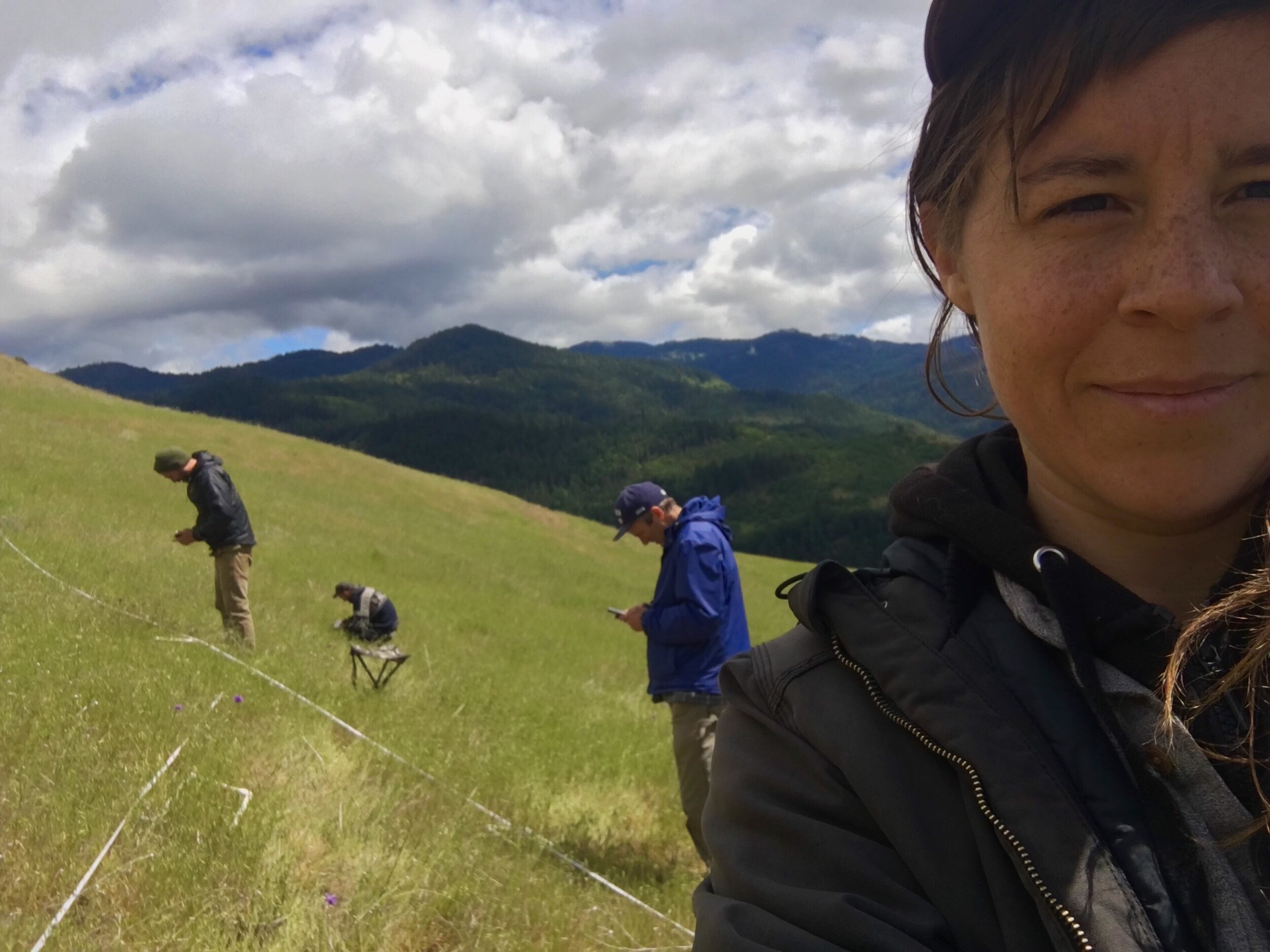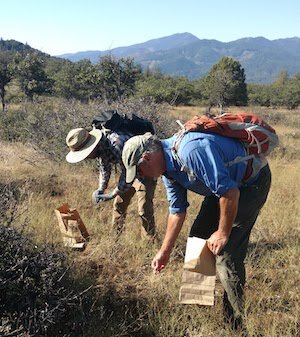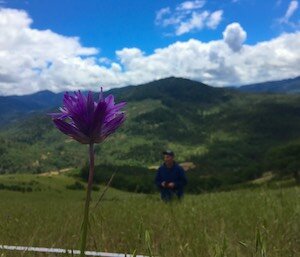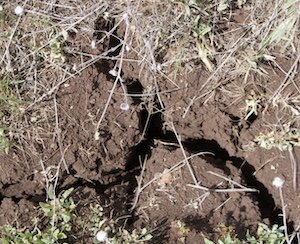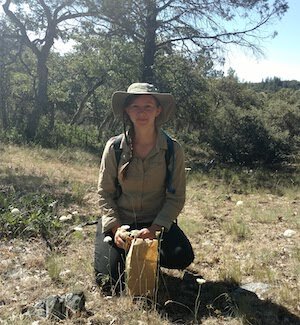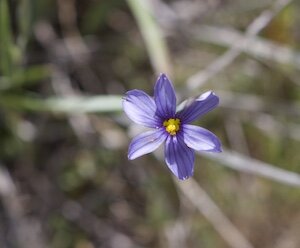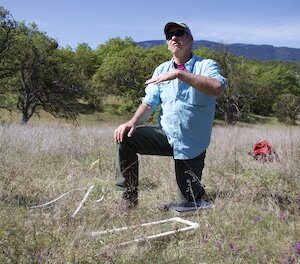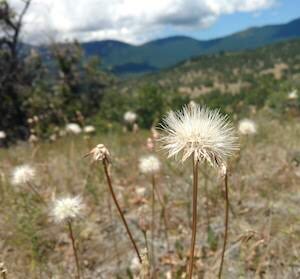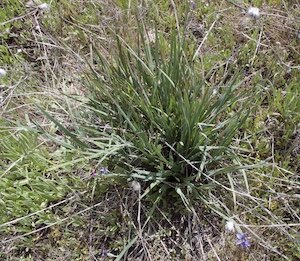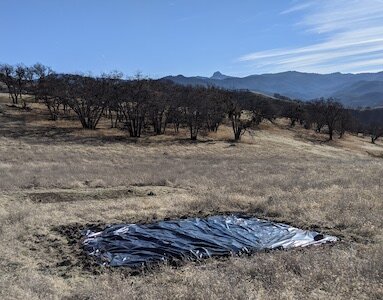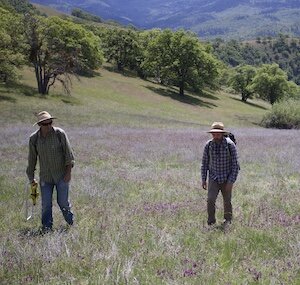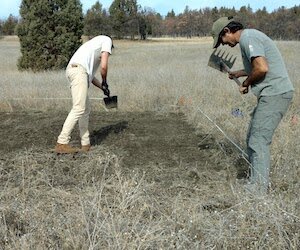CSNM Meadow Restoration
The Cascade-Siskiyou National Monument (CSNM) is renowned for the biodiversity of its pine forests, oak savannahs and mountain meadows. However, grasslands in this area have been severely degraded by intensive grazing, and have become dominated by invasive non-native species, including yellow starthistle (Centaurea solstitialis) and medusahead grass (Taeniatherum caput-medusae).
By partnering with the Bureau of Land Management (BLM), the federal agency charged with managing the Monument, The Understory Initiative is working to find a solution that will tip the balance back toward native ecosystems. In 2020, we embarked on a long-term research project to explore various methods of treating invasive species in the Monument’s grassland habitats. By controlling invasives and reseeding with native grasses and wildflowers, we can support a myriad of wildlife from rare native pollinators to birds and large mammals such as elk.
The CSNM is just east of Ashland, OR on the Oregon/California border.
BLM and TUI staff team up to collect seed in the CSNM.
Multiple Habitats, Multiple Partners
In order to thoroughly test our weed treatment methods, we have established test plots on three separate meadows across the 114,000-acre Monument. Although the majority of the Monument lands are publicly owned and managed by the BLM, there are many private properties within the landscape.
TUI is fortunate to collaborate with the Sampson Creek Preserve to place test plots within their 4,800-acre property, which conserves valuable low-elevation oak savannah at the Monument’s edge.
In addition to trialing weed treatment methods, TUI is also hand-harvesting selected quantities of seed from native plants in the Monument meadows. These seeds will be distributed through the Rogue Native Plant Partnership to native plant growers and restoration practitioners in our ecoregion.
Trialing Organic Restoration Methods
To rid the landscape of invasive plants, herbicides are the most common tactic. However, to protect the delicate ecology of these habitats, we are testing alternative treatment methods on the meadow of the CSNM. These include:
Flame weeding early in the season, to kill invasive plant seedlings before they can establish.
“Tarping”, also known as weed occultation. By covering the test plots with a black tarp, we prevent sunlight from reaching weed seedlings.
Mow and spray with an organic-certified, acetic acid-based herbicide (vinegar and clove oil)
Our nine test plots were established in spring of 2020, and information was gathered about the existing plant communities in these plots. The first round of treatments began in spring of 2021, with the goal of re-seeding after a second year of treatments are applied.
In a fire-adapted ecosystem, flame weeding is safely done with snow on the ground.
Cirisium occidentale, cobweb thistle, is one of many native wildflowers present in the meadows.






